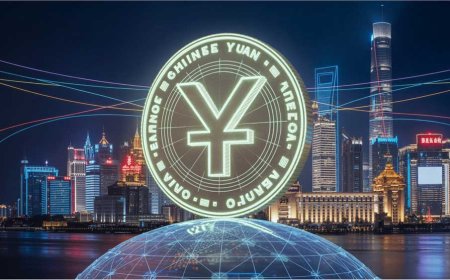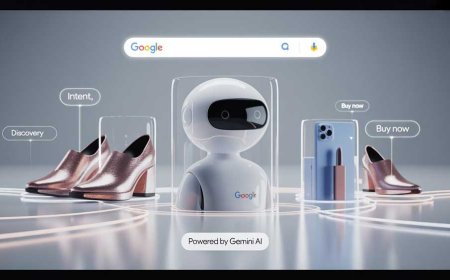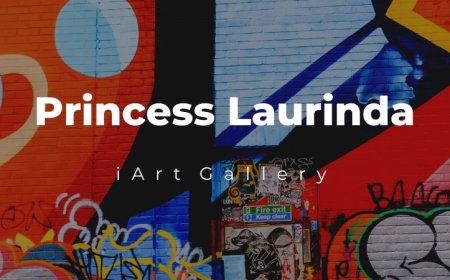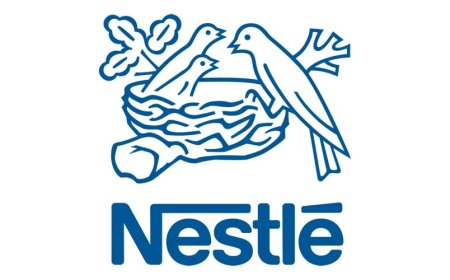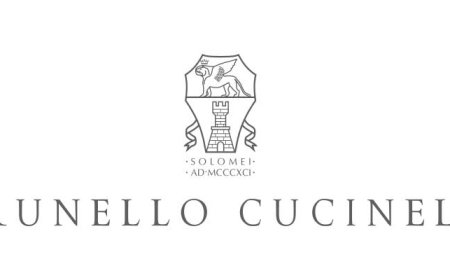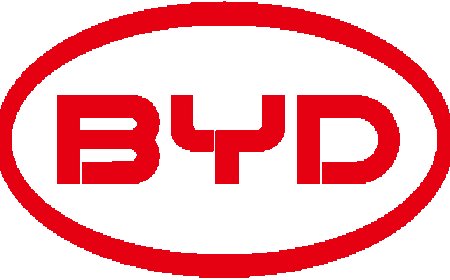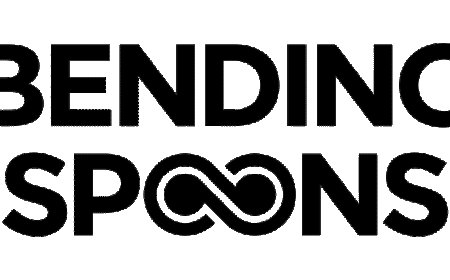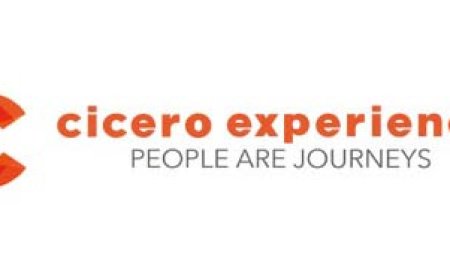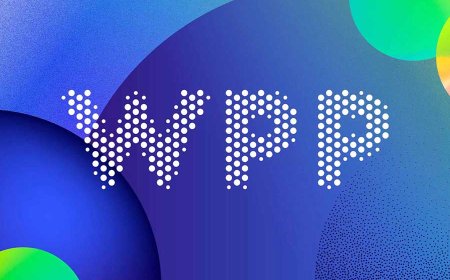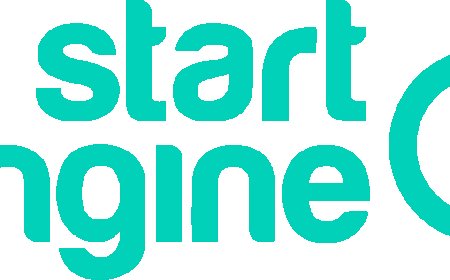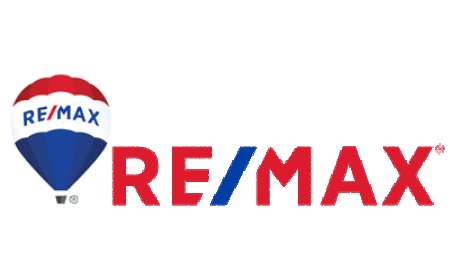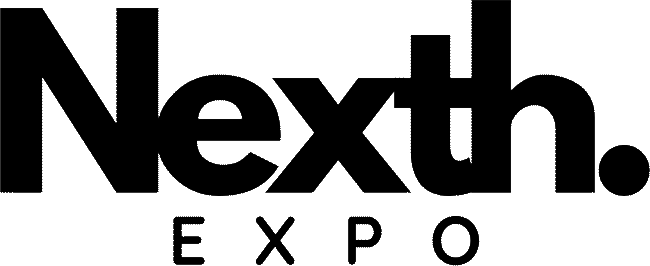How does Google’s integration of AI shopping directly into search results redefine the traditional e-commerce funnel?
Google’s new “Shop with AI” feature inside Gemini 2.5 doesn’t just improve the online shopping experience — it rewrites the rules of the entire e-commerce funnel. From eliminating product pages and carts to owning the intent to purchase, this shift marks the end of traditional customer journeys. Here's what it means for brands, UX, and the future of digital commerce. Google’s AI shopping kills the traditional e-commerce funnel. Learn how intent, not traffic, now drives conversion — and what brands must do to adapt.
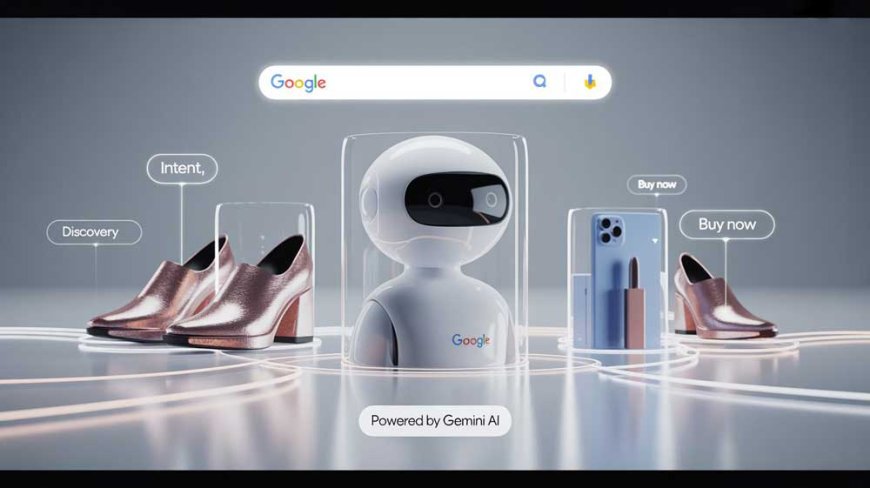
The launch of Google’s “Shop with AI Mode” — seamlessly integrated into Gemini 2.5 — marks a radical shift in how online shopping works. With purchasing now embedded directly in the search experience, the traditional e-commerce funnel is not just disrupted — it’s being rewritten from scratch.
1. The Funnel Is No Longer a Journey — It’s a Moment
In classic e-commerce, the funnel follows a linear structure: Awareness → Consideration → Conversion → Retention. Each stage was controlled, measured, and optimized by brands and platforms, using a mix of SEO, ads, landing pages, product pages, carts, and checkout flows.
Now? That entire journey is being compressed into a single AI-mediated moment: the search.
With Gemini AI, discovery and purchase collapse into one interaction. The AI interprets the user’s intent, surfaces the most relevant product, and enables the transaction — all without visiting a website. That’s not optimization. That’s erasure.
2. No More Websites, No More UX Battles
For years, brands and retailers invested in beautifully crafted product pages, A/B tested checkouts, and hyper-optimized customer journeys. But if the user never lands on your site, what’s the point?
Integrated checkout inside Google means:
-
No more need to optimize for clicks.
-
No more emphasis on cart recovery tools.
-
UX design takes a back seat to data clarity and machine readability.
3. The Intent Economy Replaces the Attention Economy
This shift marks the rise of the intent economy: whoever controls the user’s intent, controls the outcome. And Google, through AI, now owns that moment.
In the attention economy, brands fought for visibility. In the intent economy, brands must fight to be interpreted — correctly, quickly, and contextually — by an AI agent acting on behalf of the consumer.
4. The Funnel Now Belongs to the Platform, Not the Brand
Google doesn’t just participate in the funnel anymore. It is the funnel.
Brands no longer compete to bring traffic to their domain — they compete to be transactable within someone else's ecosystem. That changes everything:
-
SEO becomes brutally competitive.
-
Product data becomes the real storefront.
-
AI discoverability outweighs emotional storytelling.
5. What This Means Going Forward
The implications are massive:
-
Traditional marketing strategies will lose impact.
-
Conversion optimization tools become less relevant.
-
Brands must now optimize for AI understanding, not human browsing.
The traditional funnel relied on human navigation. The new funnel is API-driven, AI-optimized, and platform-owned.
Final Thought
This isn't just a technical evolution — it’s a strategic realignment of power. The e-commerce funnel is no longer something you build. It's something you plug into — and hope the AI agent picks you.
The businesses that adapt to this new logic of commerce will survive. Those that cling to old funnels may never even appear in the conversation.
What's Your Reaction?








